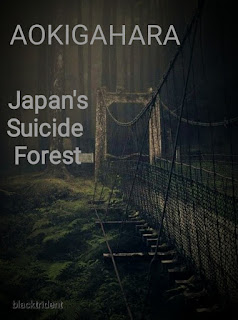Intramuros - the walled city of Manila is one of the most frequently visited tourist spot. It is an old walled city built by the Spanish colonizers in the 1571 by the Spanish conquistador Miguel Lopez De Legazpi. Here, you can visit ancient Catholic churches like the Manila Cathedral, San Agustin church and others. Indeed the walled has alot to offer to all travelers from around the world. Adding to list of tourist spot of Intramuros is the Museo De Intramuros.
The Intramuros administration opened the Museo De Intramuros in May 2, 2019. It is located in corner Arzobispo, Andar St., just a few meters away from the San Agustin church. The Museo De Intramuros is a collection of ecclesiastical artifacts brought about by the colonization of the Philippines by Spain. This also shows the merging of the east and west cultures that depicts how the westerners had strongly influenced the Filipinos when it comes to arts and culture. The Intramuros administration has around 500 artifacts kept but only 30 percent are actually displayed and mostly are sculptures of catholic saint, graven images, paintings and old vessels and altars used by clergy that reflect and dated back since the conversion of Filipinos to Christianity around the 16th century.
Visitors can see the captivating exhibits in all six sections of the museum: (1) The Roman catholic immaculate conception. (2) The Roman catholic religious order. (3) The Patronato real and establishment of parishes. (4) Religious colonial paintings. (5) The establishment of parishes and sacred vessels. (6) The Indio response.
The establishment of the museum and the revival of the precious artifacts began in 2013 and went on up to the early 2019 after decades of being kept. Completion of the exhibits are still in progress but spectators can now see at least 30 percent of the collected artifacts. Visitors are allowed to take photos of the religious exhibits except the religious colonial paintings that can be found on section 4 of the museum for some reason.
The exhibits of artifacts and arts are the Filipino treasures from the past. This shows how the rich the culture that came to be and how it was greatly influenced by the western colonizers but still remarkably distinguished as a Filipino work of art. It is highly commendable how the people behind the establishment of the Museo De Intramuros that made this legacy available to be seen by the modern people.
Sources
www.manilatimes.net>museo de intramuros
www.tripzilla.ph
Museum hours
Tuesday to Sunday
9:00 AM to 5:00 PM


























